Cuzzupa Calabrese: A Festive Easter Tradition from Southern Italy
Calabrian Cuzzupa, curiosities about the typical Easter dessert
Picture Easter in Calabria, and what springs to mind? Amidst the festivities, one culinary gem reigns supreme: Cuzzupa Calabrese. This traditional Easter dessert, an emblem of Calabrian culture, graces tables across the region, steeped in history, adorned with hard-boiled eggs, and sprinkled with colorful delights. But delve deeper, and you’ll uncover a tapestry of curiosities that make Calabrian Cuzzupa a treat as fascinating as it is delicious.
View this post on Instagram
A Tapestry of Names and Shapes
The names mentioned—Sguta, Cullùra, Anguta, Vuta, or Pizzatola – are likely dialectal variations or local names for the traditional Easter bread “Cuzzupa” in the region of Calabria. Its shape, too, dances with variation—from round to elongated twists—reflecting the rich tapestry of Calabrian culinary heritage. Yet, amidst this diversity, Cuzzupa stands as a unifier, bringing together communities to celebrate Easter with a shared indulgence.
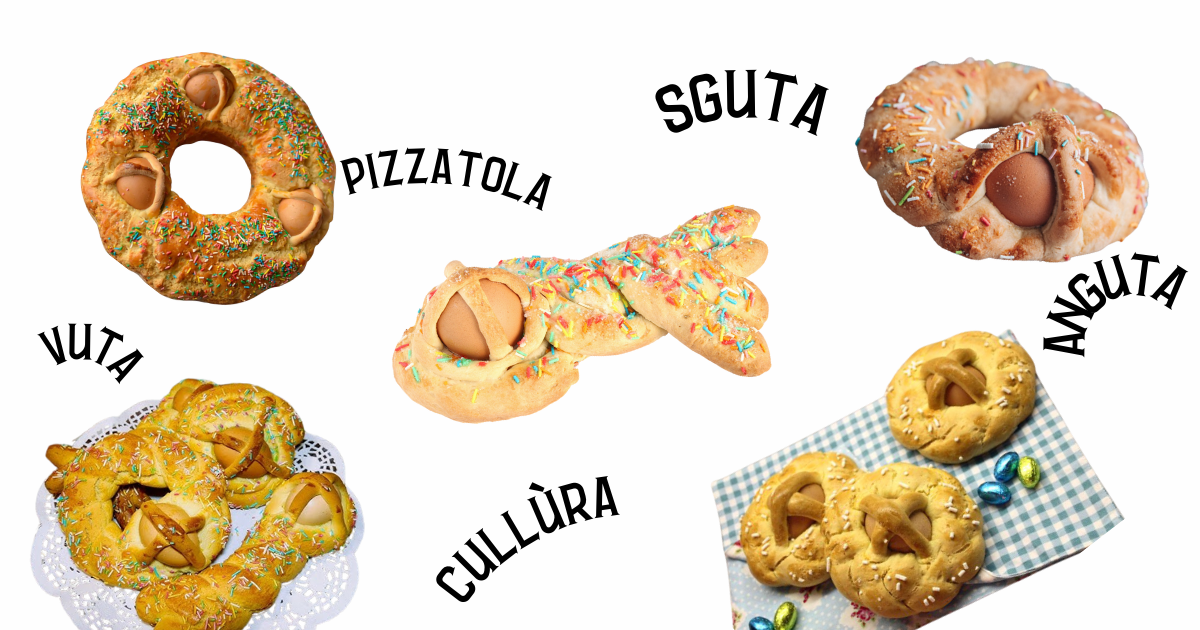
Cuzzupe Calabresi with different name
Tracing the Roots: A Journey Through Time
The roots of Calabrian Cuzzupa stretch back to the ancient days of Magna Graecia, where it symbolized the arrival of spring and the promise of good fortune. Originally, a gift of Cuzzupa was a gesture of warmth and goodwill, evolving over time to become an Easter tradition cherished by all. While its religious significance endures, Cuzzupa’s journey into popular culture has woven layers of meaning, transcending its origins to become a beloved culinary icon.
Eggs: More Than Meets the Eye
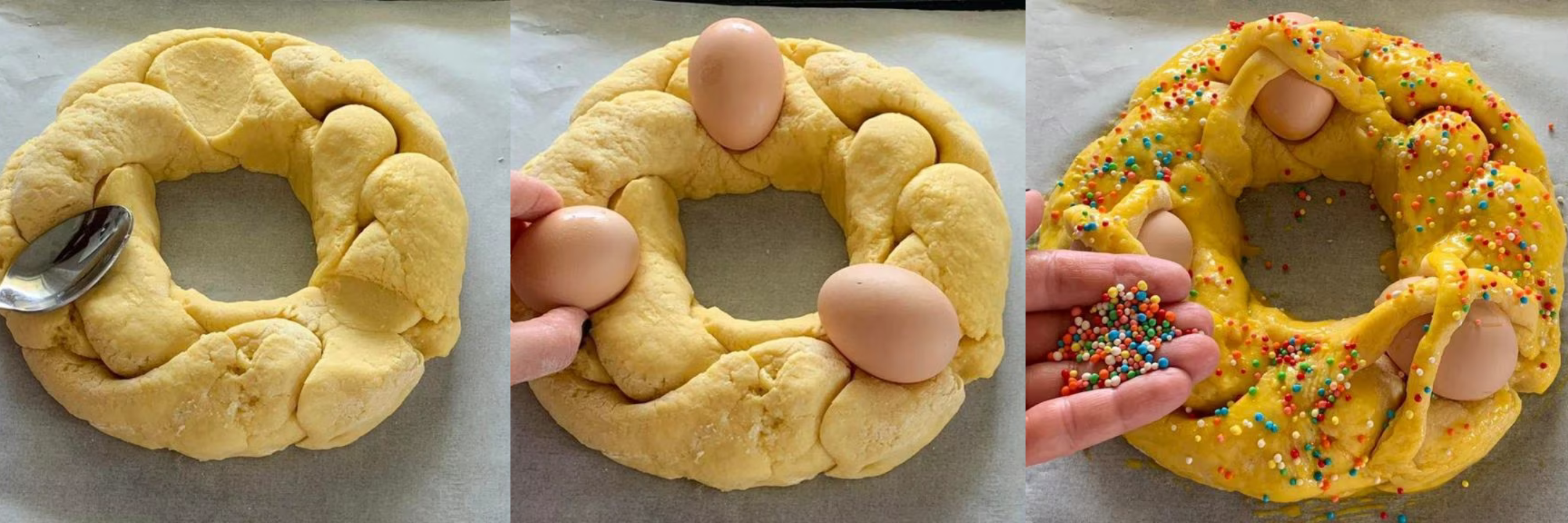
At the heart of Calabrian Cuzzupa lies a symbol as rich as its flavor: the egg. Beyond mere decoration, eggs carry profound significance. In religious lore, they mark the end of Lent and fasting, a celebration of renewal and abundance. Yet, in the tapestry of popular culture, eggs take on a more nuanced role. Legend has it that the number of eggs adorning a Cuzzupa holds secrets: nine eggs symbolize a renewed promise of engagement, while seven heralds the union of two hearts in marriage.
Soft vs. Crumbly: A Matter of Taste and Tradition
In the sun-kissed region of Calabria, Italy, where the azure sea meets rugged mountains, a spirited debate echoes through the cobblestone streets and sun-dappled squares: what constitutes the perfect texture of Cuzzupa, the beloved Easter bread? Soft or crumbly, this age-old question ignites fervent discussions among culinary enthusiasts, drawing dividing lines across the region. Calabria, steeped in tradition and regional nuances, offers a spectrum of preferences when it comes to this cherished delicacy. Some advocate for a Cuzzupa with a tender interior, enveloped in a firm, slightly crunchy exterior, offering a delightful contrast in each bite. Others, however, extol the virtues of a crumbly texture, where every mouthful disintegrates into a symphony of flavors.
Yet, amid this rich tapestry of diversity, a unifying truth emerges: there exists no singular “true” recipe for Cuzzupa. Instead, the culinary landscape of Calabria welcomes individual interpretations, allowing each baker to imbue their creation with a unique touch, passed down through generations. As Easter approaches, heralded by the sweet fragrance of freshly baked Cuzzupa wafting through Calabrian homes, a palpable sense of anticipation fills the air. This beloved tradition, rooted in centuries of history, transcends mere culinary delight; it embodies the very essence of community, heritage, and celebration.
Gathered around tables adorned with vibrantly dyed eggs and floral decorations, families and friends come together to share in the joy of Easter, their conversations punctuated by the rhythmic slicing of Cuzzupa. With each tender crumb savored and every anecdote shared, the bread becomes more than just a culinary treat; it becomes a conduit for cherished memories, binding generations in a timeless embrace of tradition, flavor, and the enduring magic of Easter in Calabria.

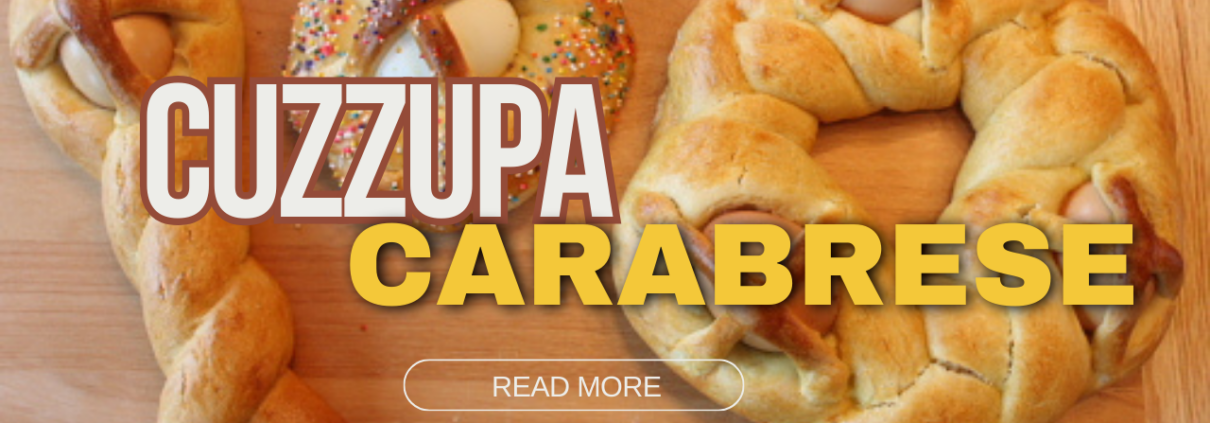 True Italian
True Italian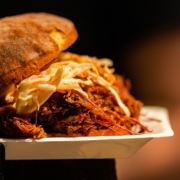




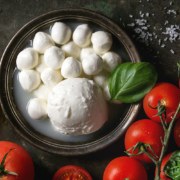

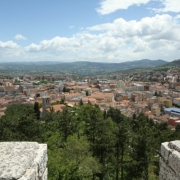
 True Italian
True Italian True Italian
True Italian
Leave a Reply
Want to join the discussion?Feel free to contribute!